Playing the acoustic live
The essential 'how to' for unplugged performers

Playing acoustic guitar live
ACOUSTIC EXPO 2013: Are you thinking about stepping up to strum a few songs at your local open mic night? It might seem straightforward, but rolling up and playing can be a minefield for the unprepared bedroom guitarist venturing into the big bad world for the first time.
So when you step up to the stage, make sure you have your options sorted. Here’s how to get the best from your acoustic sound...
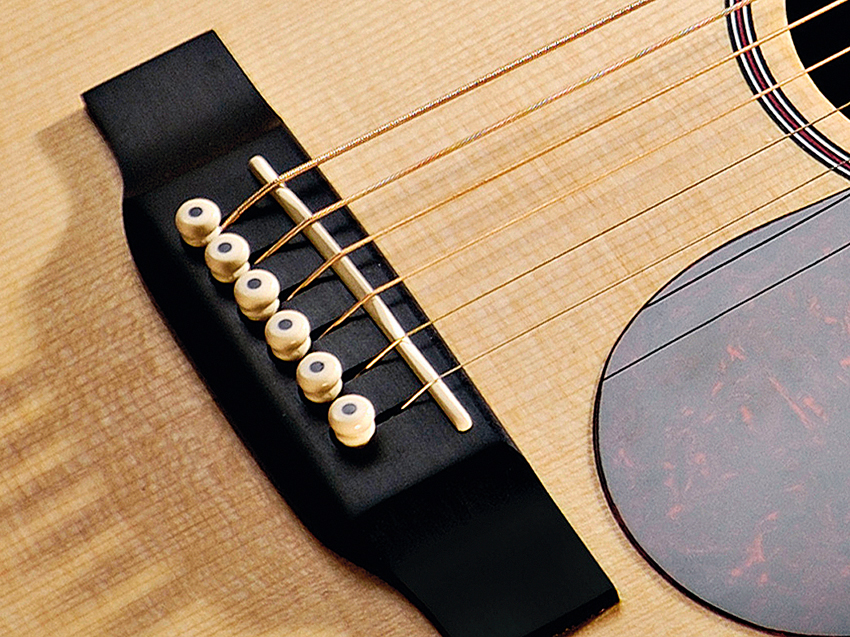
Piezo pickup
Most electro-acoustics come with an under-saddle piezo pickup system. They’re easy to use but often sound brittle and sharp, so be prepared to do a bit of EQ tweaking and think about using a preamp pedal to get improved results.
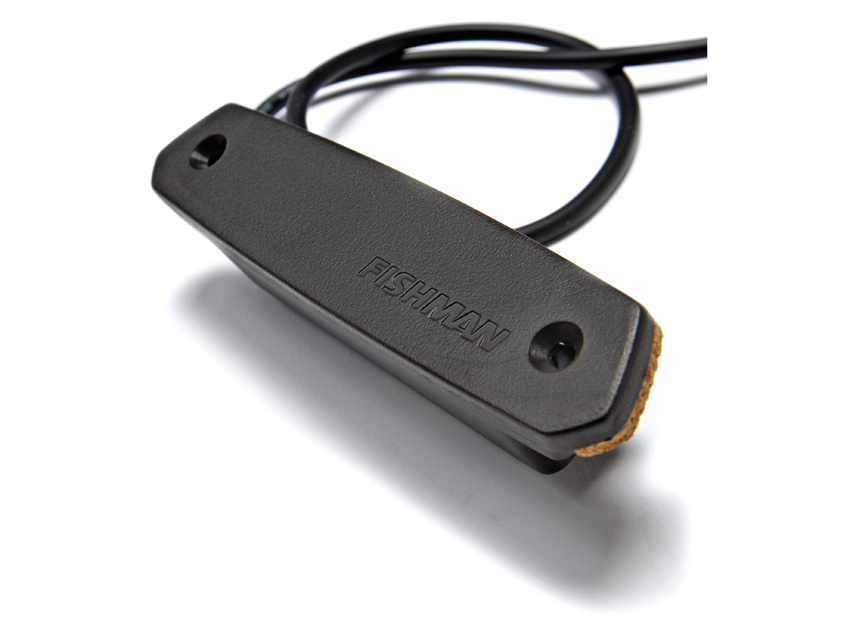
Soundhole pickup
If you don’t have an electro-acoustic then a soundhole pickup is another giggable option. These tend to sound less abrasive than piezos and closer to a more natural sound; check out the LR Baggs M1, Fishman Rare Earth and Sunrise pickups.
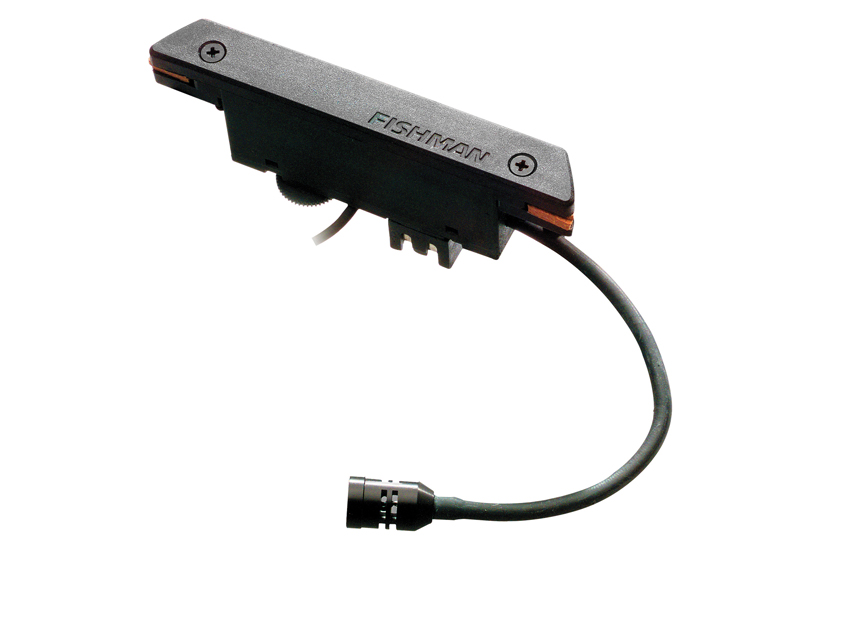
Dual-source
An upgrade from the standard piezo working alone is an internal mic in the guitar or the addition of a soundboard transducer. These help to capture more of your acoustic's natural tone than a piexo along. Be warned, though: these sorts of solutions can leave you open to feedback problems.
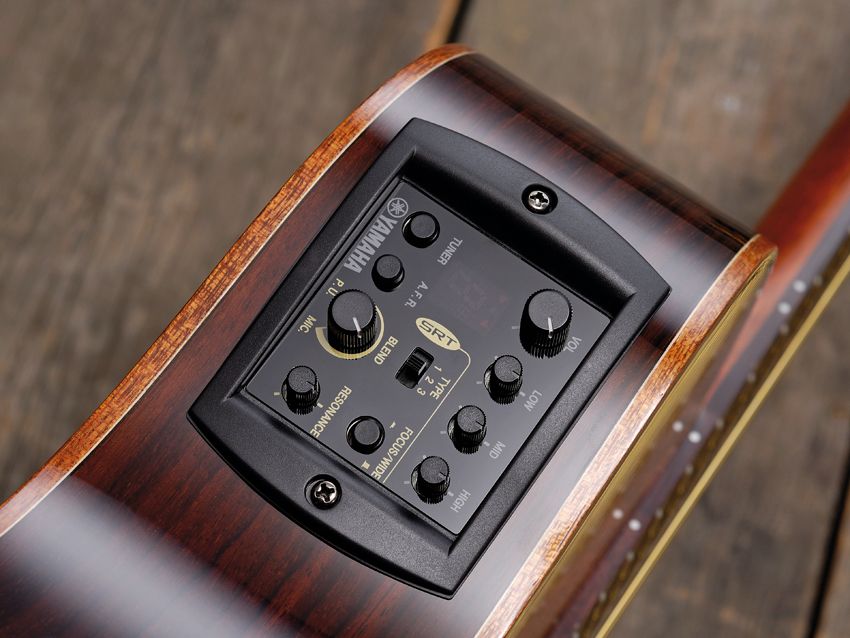
Bespoke systems
You can go even further than the dual-source option. Some companies manufacture their own acoustic pickup solutions - such as Taylor's Expression System and Yamaha's SRT - that are carefully designed around their guitars.
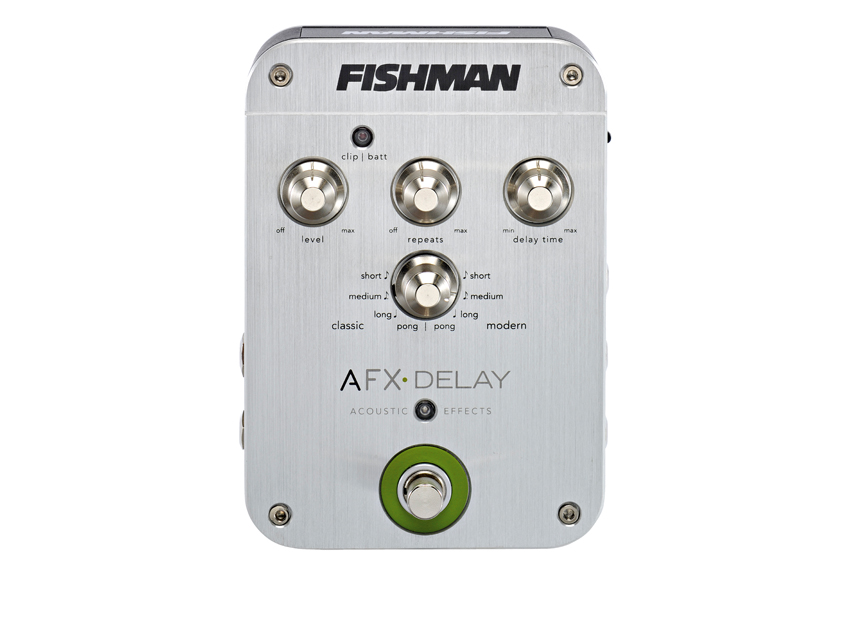
Effects
Delay and reverb effects are often the first port of call for those wanting to spice up their acoustic sound. These two effects, in particular, can be used more subtly to create space in your live sound.
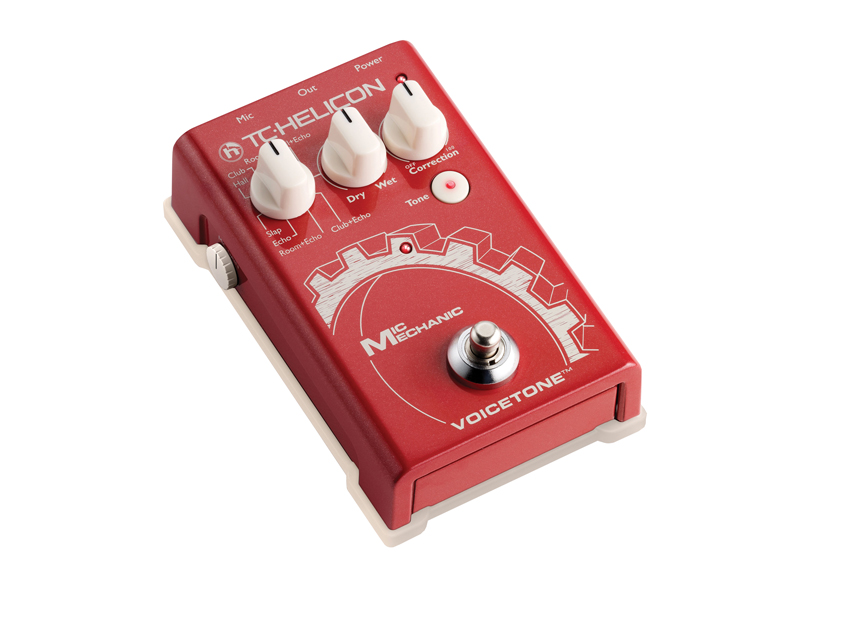
Vocal processor
It may be excessive for a two-song stint at the local open-mic night, but if you’re playing for longer and without a soundman, a processor such as this TC-Helicon Mic Mechanic pedal allows you to add gain and reverb yourself, and you can tweak settings between songs.
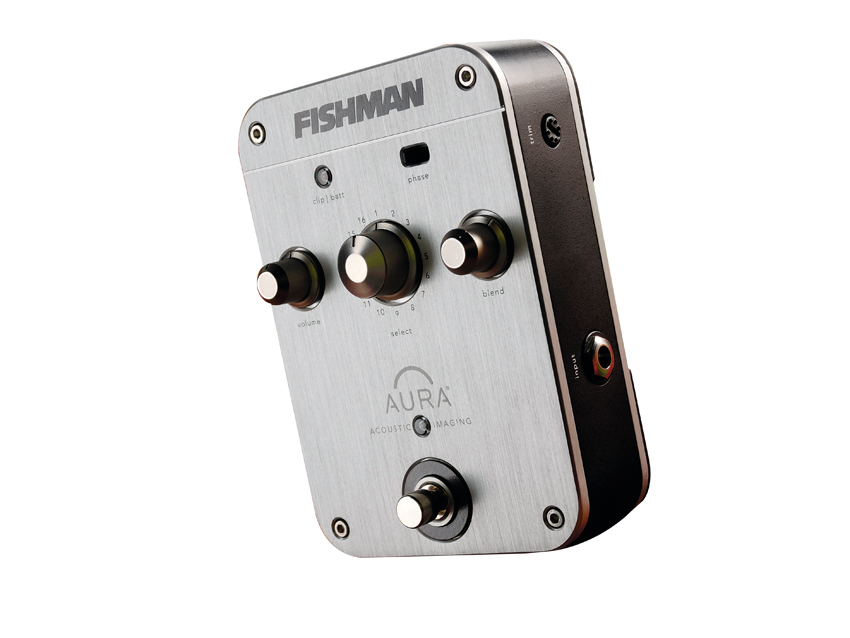
External preamp pedal
This could make all the difference to your sound – it lets you control your onstage volume and EQ. Some of these units allow you to send your sound both to the PA, via XLR output, and to an amp.
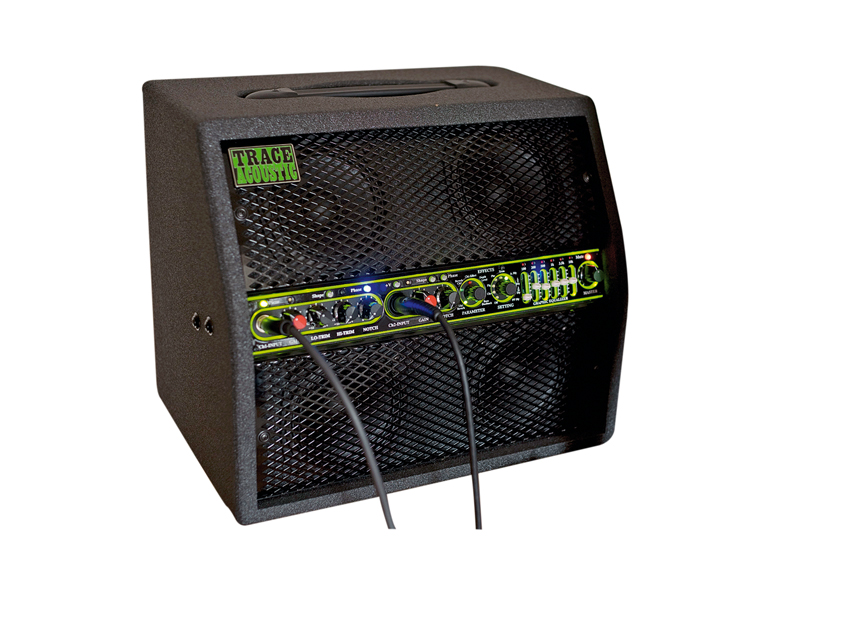
Amp
You might be tempted to just plug your guitar through the PA, but a good acoustic amp will give you clearer monitoring and greater control. Because they’re full- range, acoustic amps will recreate the sound of your guitar more accurately than an electric amp.
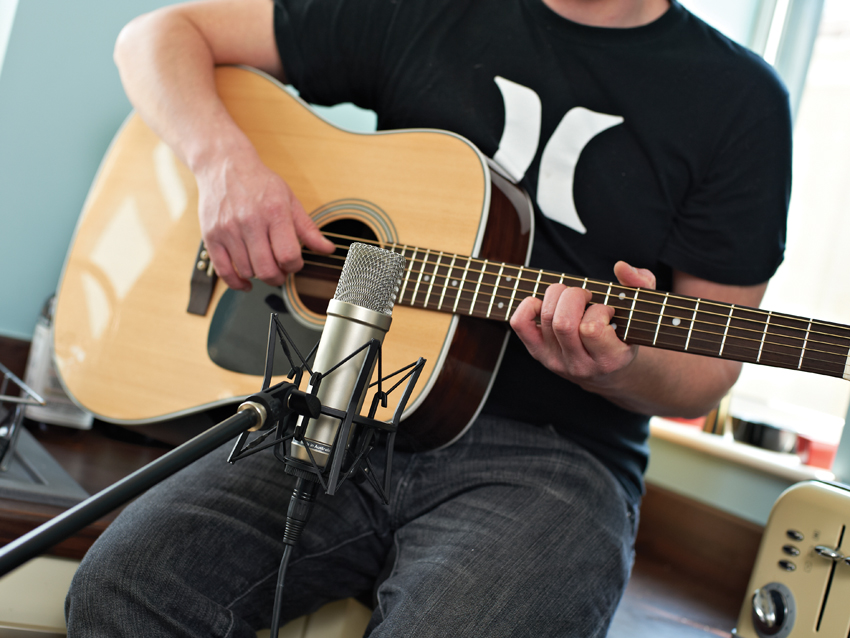
Condenser microphone
Nothing will get a sound truer to your guitar’s natural tone, but there are downsides to consider in the real world. Feedback problems can be significant, and you’ll need to keep your soundhole relatively still in front of the mic.

Do...
- STAY CHARGED Buy a new battery for your onboard preamp to avoid embarrassing failure.
- TUNE! If you don’t have an onboard tuner on your guitar, be sure to pack your tuner pedal.
- STAND UP Not only can you physically push the air better for singing when you’re not restricted in your seat but you’ll also be more animated when you’re playing. It might just help drag the audience away from chatting among themselves.
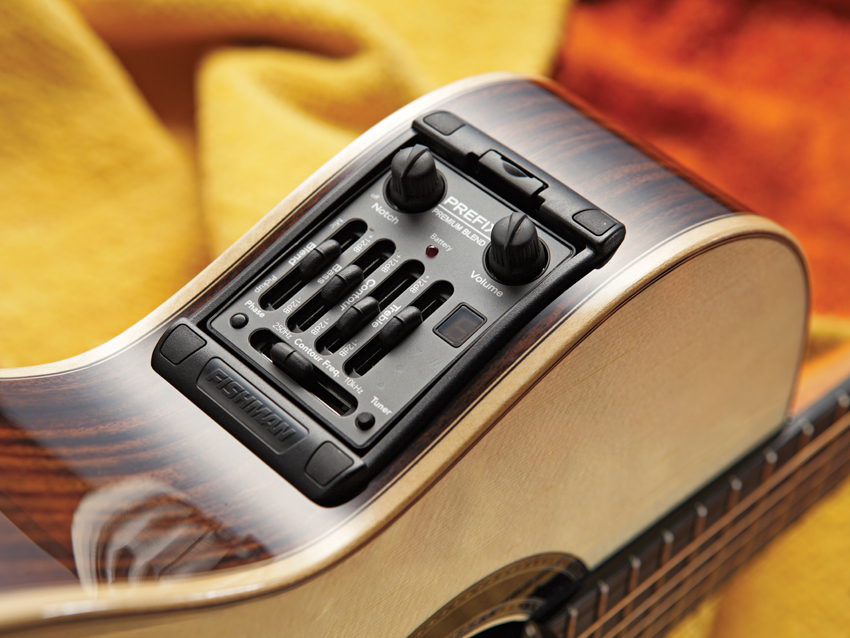
Don't...
- BE AFRAID TO TOUCH YOUR ELECTRO-ACOUSTIC’S EQ More mid helps your sound cut through, and less bass can help prevent you sounding too boomy. Don’t just leave the EQ settings flat and don’t hesitate to change them slightly between songs. Especially if you’re alternating between strummed and fingerpicked playing styles.
- NECESSARILY WEAR YOUR ACOUSTIC AT THE SAME HEIGHT AS YOUR ELECTRIC Wearing it a little higher can help you get to grips with the larger body of an acoustic guitar.
- JUST USE YOUR USUAL HEAVY ELECTRIC PLECTRUMS Your choice of pick always matters. Dunlop Nylon 0.60mm and 0.73mm are good option to try for a more delicate touch.









